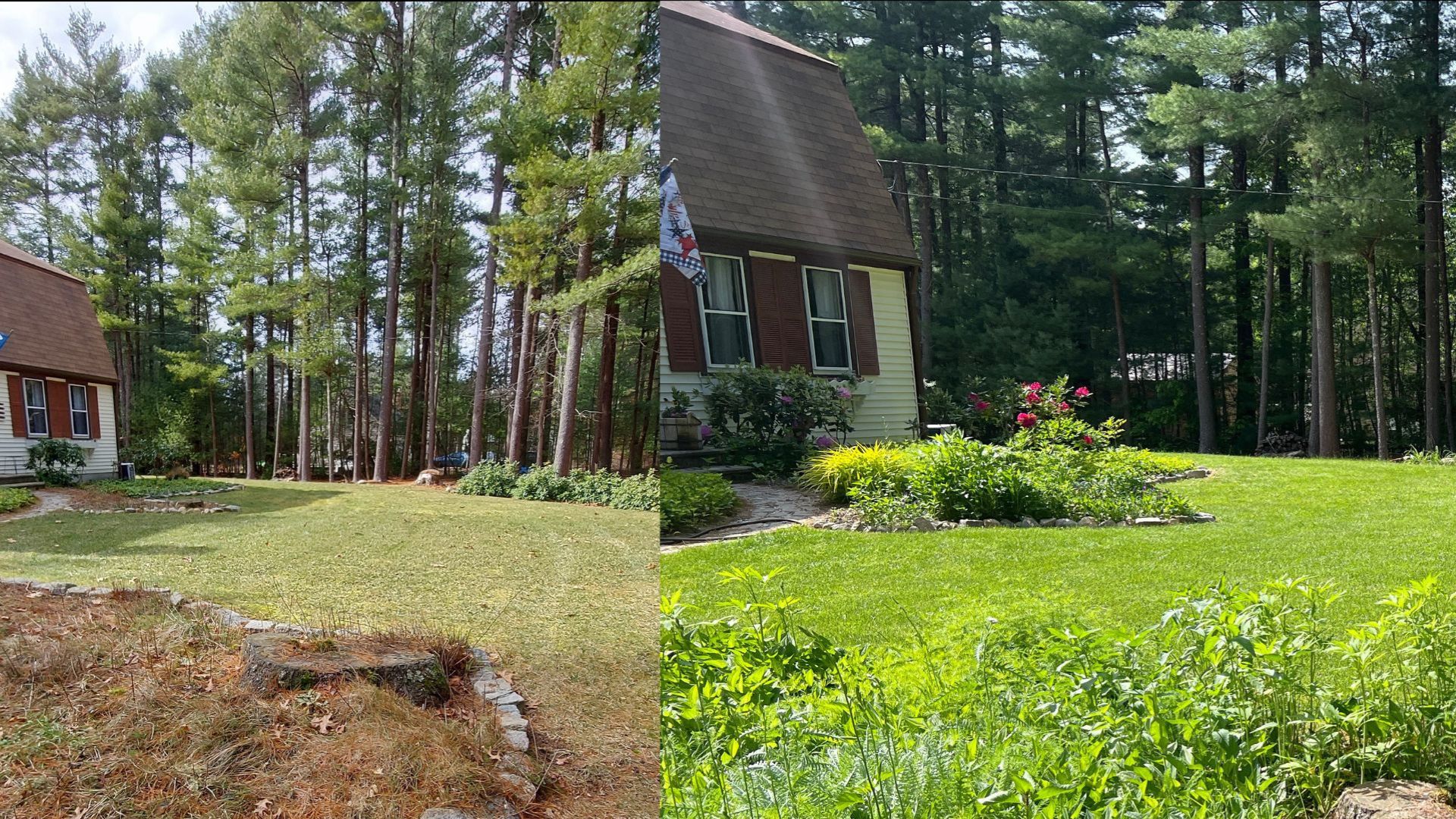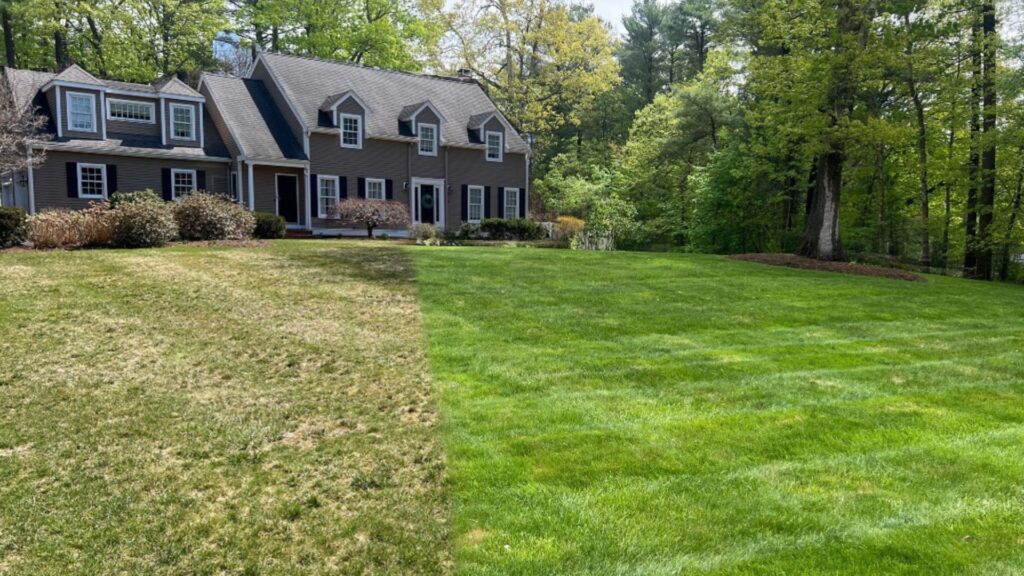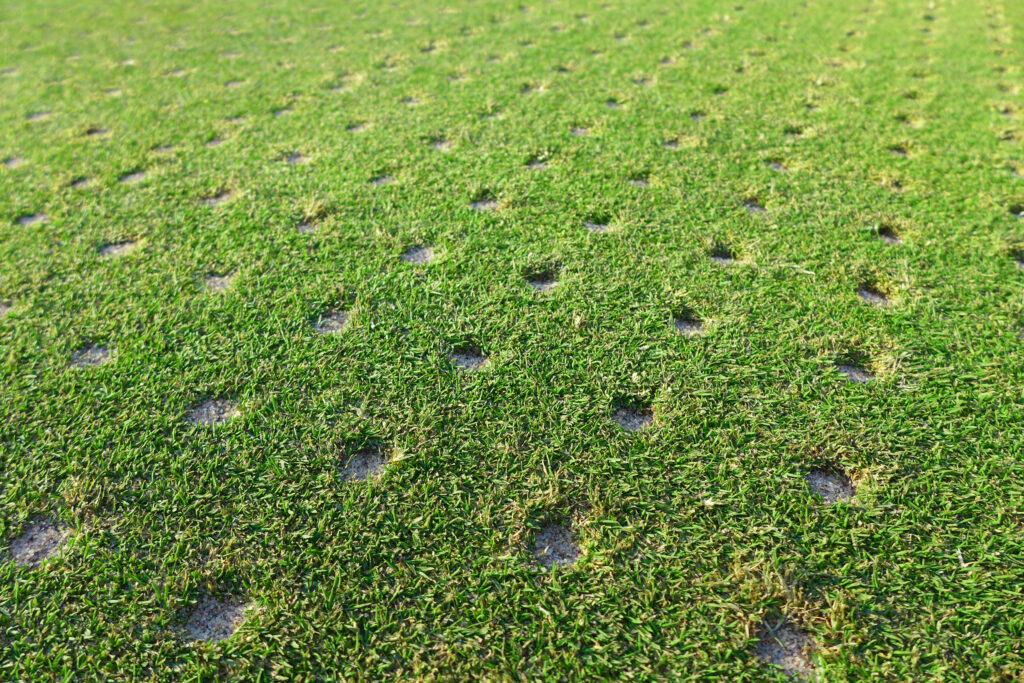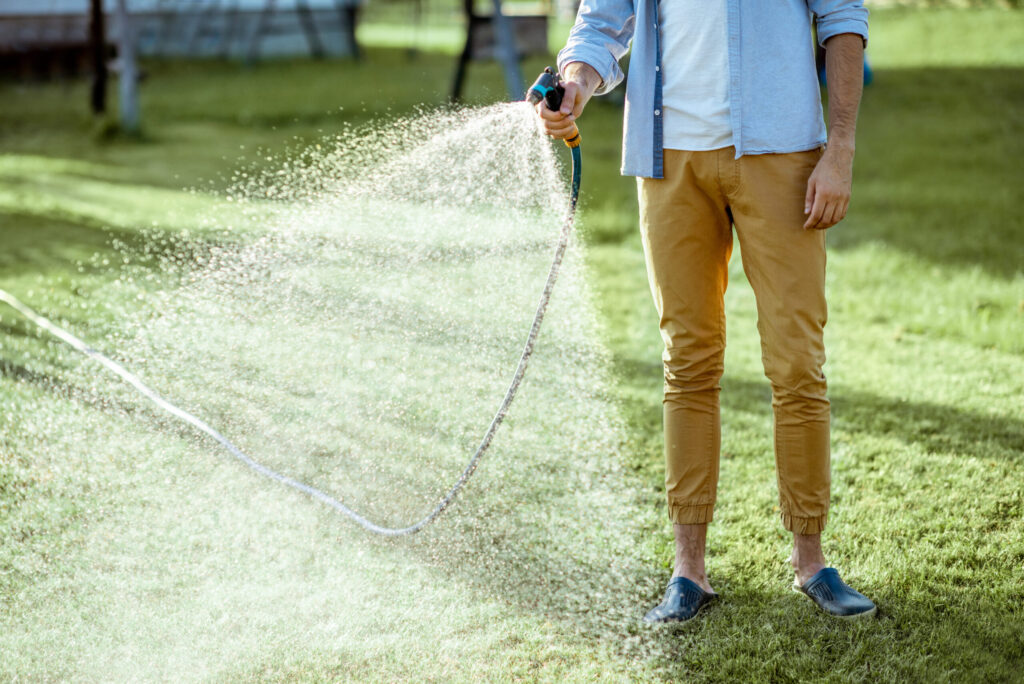The North San Antonio sun beats down relentlessly, and your lawn has turned more brown than green. Sprinklers wheeze and sputter, struggling to keep up, while the grass crunches underfoot like brittle straw. No matter what you’ve tried — watering, mowing, even talking sweetly to it — your yard still looks tired, dry, and patchy.
Frustration builds. Maybe it was the watering schedule, or that new fertilizer that didn’t perform as promised. The embarrassment isn’t just yours; the yard feels like a sore spot in the neighborhood. You can almost imagine the subtle glances from passersby: “Did you see their lawn? Looks rough.”
But don’t lose hope. With the right strategies and a little know-how, your lawn can bounce back. This guide will give you practical, actionable steps to transform your struggling yard into a lush, green oasis — perfect for enjoying your outdoor space and impressing the neighbors.
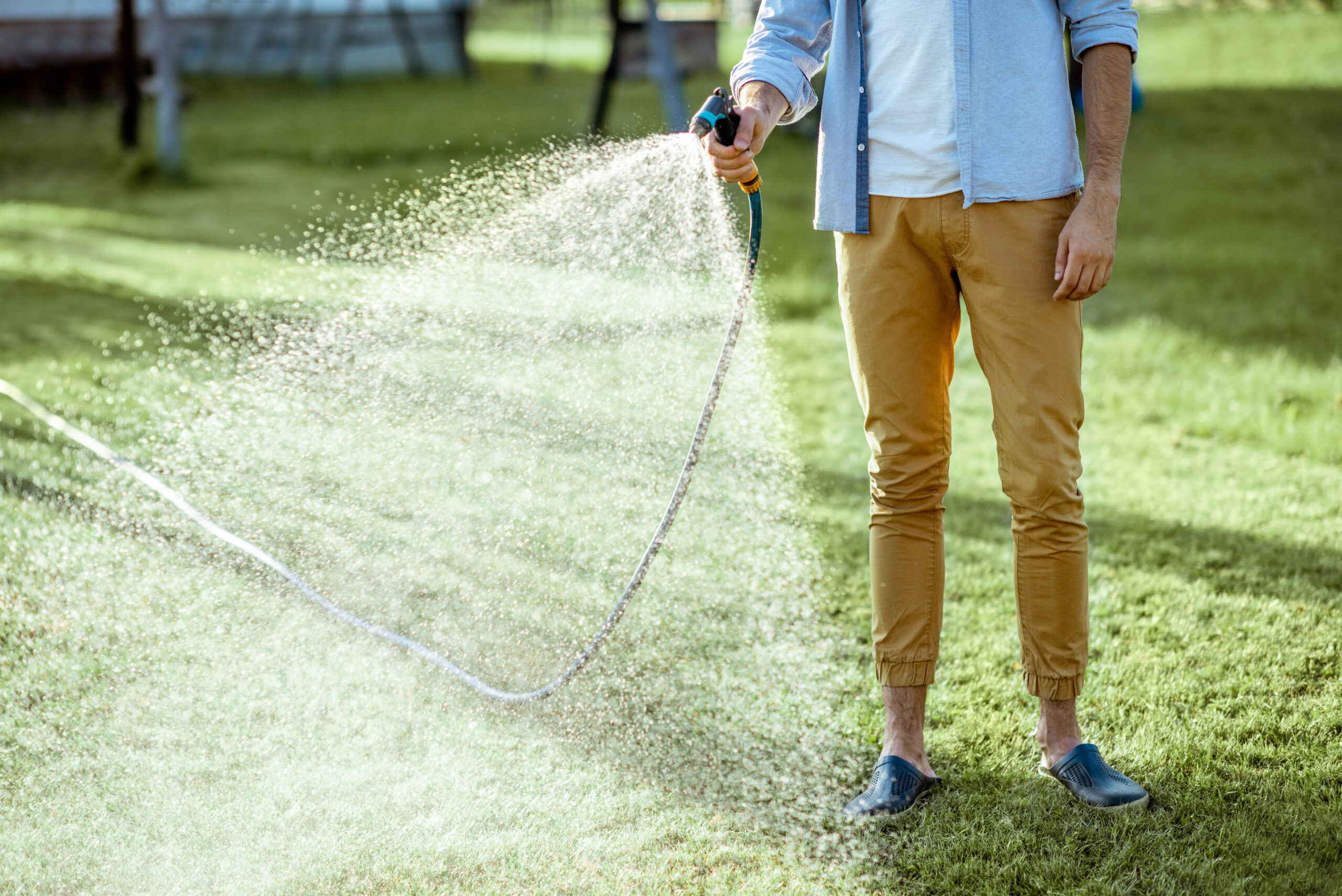
What San Antonio Heat Really Does to Your Lawn
Let’s be honest: most lawns in North San Antonio don’t fail because homeowners neglect them—they fail because of dry, compacted sandy-clay soil and relentless summer heat. The Texas sun doesn’t just brown your grass; it bakes the ground beneath it. Compacted soil restricts root growth and suffocates your grass, making it impossible for your lawn to thrive.
When you water, much of that moisture runs off the surface instead of soaking deep into the roots. Combine this with triple-digit summer temperatures, and keeping your lawn alive feels like a full-time battle. Even while sipping sweet tea on your porch, your grass is quietly struggling.
Understanding the challenges unique to our area is the first step in giving your lawn a fighting chance.
Dealing with Dry Soil in the San Antonio Area
Dry soil is a major culprit behind struggling lawns in our region. It’s not just heat—it’s the combination of sandy clay that drains too quickly and compacts easily. Here’s how to tackle it effectively:
1. Deep, Infrequent Watering
Watering frequently but shallowly can actually worsen dryness. Instead, soak the soil deeply once or twice a week, ideally in the early morning. This encourages roots to grow downward, making your lawn more resilient to heat stress.
2. Soil Aeration
Aeration isn’t just for spring—it’s essential in sandy-clay areas. By creating small holes in the soil, air, nutrients, and water can penetrate deeply. Consider aerating before the heat peaks to give your grass a strong foundation.
3. Amend Your Soil
Adding organic matter like compost or using gypsum can help break up heavy clay patches and improve water absorption. This reduces runoff and helps retain moisture where it’s needed most.
4. Smart Fertilization
Choose fertilizers designed to withstand high heat and encourage deep root growth. Avoid overfertilizing; it can stress your lawn further in the hot sun.
5. Shade & Mulch
For areas that receive intense sun, planting shade-tolerant grasses or adding mulch around flower beds and garden edges can reduce heat stress on your lawn.
Implementing these strategies now will help your lawn survive and thrive during San Antonio’s hot summer months.
A North San Antonio Homeowner’s Yard Turnaround
Let’s talk about Carlos and Maria, a family who knows firsthand the struggle of dry soil. Their backyard was a patchwork of brittle grass, baked clay, and stubborn weeds. No matter how often they watered or fertilized, the yard refused to cooperate.
Feeling frustrated, they called Lawn Squad®. We assessed their soil, recommended deep watering schedules, aeration, and heat-tolerant fertilizers. We also suggested adding compost to improve soil texture and moisture retention.
Within weeks, the difference was visible. Brown patches filled in, the grass grew thicker, and their backyard became an inviting space for evening relaxation and family time. By the end of the season, their yard was no longer a source of stress—it was a point of pride.
With a few strategic adjustments, Carlos and Maria turned their dry, stubborn soil into a lush, green lawn that could withstand the summer sun.

The North San Antonio Lawn Care Framework
Instead of a strict seasonal roadmap, here’s a practical, ongoing framework to manage your lawn throughout the year:
1. Assess & Prepare
Check soil moisture and compaction levels regularly. Aerate as needed, and consider amending soil with compost or gypsum to improve structure.
2. Water Wisely
Focus on deep, infrequent watering to encourage strong root systems. Early morning watering reduces evaporation and maximizes absorption.
3. Feed Strategically
Use heat-tolerant fertilizers to promote deep roots and recover from stress. Avoid overfeeding, which can harm the lawn in high temperatures.
4. Monitor & Manage Pests
Watch for fire ants and other common pests that thrive in dry, sandy soil. Treat proactively to avoid damage.
5. Maintain for Resilience
Keep mowing heights appropriate, remove debris, and utilize shade or drought-tolerant grass varieties for problem areas.
This framework adapts to conditions year-round, giving your lawn the tools it needs to endure heat, dry soil, and heavy sun exposure.
Don’t Let the Sun Win — Reclaim Your Lawn
You don’t have to fight San Antonio’s harsh summer alone. With the right approach to dry soil, strategic watering, and soil care, your lawn can finally thrive.
Call Lawn Squad® at 984-288-0996 or ask about our VitaminLawn® Program today. Let’s turn your struggling backyard into a green, resilient oasis that’s the envy of the neighborhood.
It’s time to take back your lawn and enjoy a space that’s healthy, beautiful, and built to last—even under the Texas sun.


